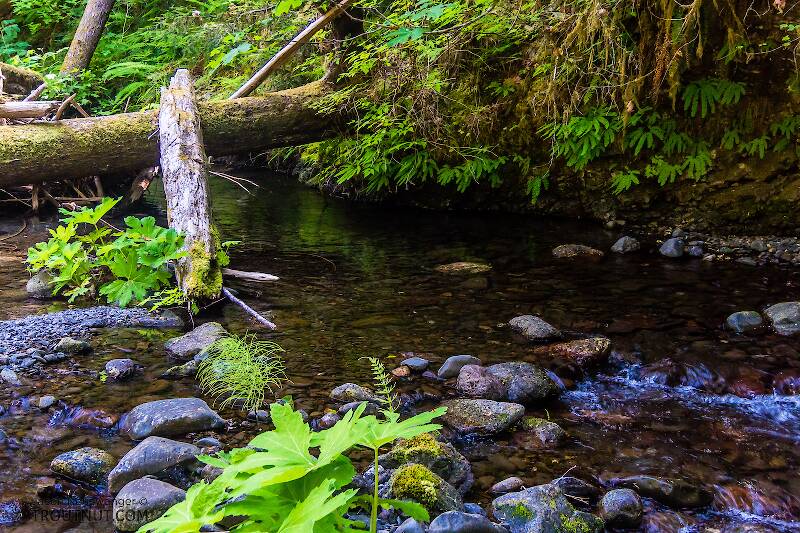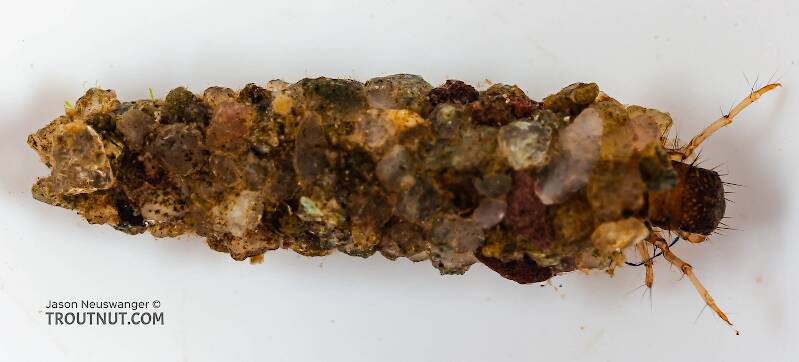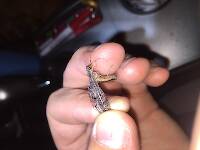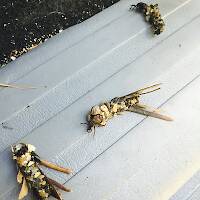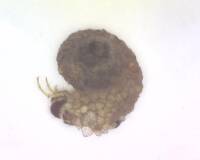
Blue-winged Olives
Baetis
Tiny Baetis mayflies are perhaps the most commonly encountered and imitated by anglers on all American trout streams due to their great abundance, widespread distribution, and trout-friendly emergence habits.
Featured on the forum

Troutnut is a project started in 2003 by salmonid ecologist Jason "Troutnut" Neuswanger to help anglers and
fly tyers unabashedly embrace the entomological side of the sport. Learn more about Troutnut or
support the project for an enhanced experience here.
PaulRoberts on Aug 15, 2012August 15th, 2012, 6:08 pm EDT
I believe Lepidostoma has antennae fixed very close and right in front of the eye. I don't see that here. Maybe it's obscured in the image?
Entoman on Aug 15, 2012August 15th, 2012, 8:45 pm EDT
Yeah, I can't make them out either, but my eyes are pretty blurry this time of night... The antennae are very hard to make out at any time though, usually looking like a tiny pale dot next to the anterior margin of the eye. There's not much to 'em. In a good microscope photo in lateral view, they look like the plunger end of a very tiny retractable ball point pen to me. For me, the best (and easiest way) to identify them is by their having lateral humps on the first abdominal segment while lacking a dorsal hump. Others either have all three or lack them entirely and the cases are different.
"It's not that I find fishing so important, it's just that I find all other endeavors of Man equally unimportant... And not nearly as much fun!" Robert Traver, Anatomy of a Fisherman
PaulRoberts on Aug 16, 2012August 16th, 2012, 7:42 am EDT
I see. Found another web image and the antennae are indeed obscure.
Quick Reply
Related Discussions
Topic
Replies
Last Reply
1
Aug 6, 2019
by Troutnut
by Troutnut
3
May 21, 2012
by Entoman
by Entoman
Re: One of my favorite Montana views and the Madison River 

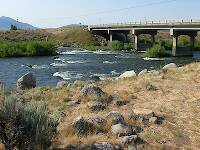
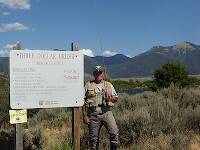
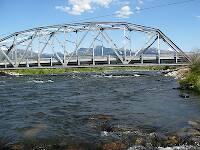
In the Photography Board by Wiflyfisher
+ 1





In the Photography Board by Wiflyfisher
16
Jan 7, 2012
by Wiflyfisher
by Wiflyfisher
7
Aug 2, 2015
by Entoman
by Entoman
6
Nov 12, 2012
by Brookyman
by Brookyman
1
Mar 29, 2009
by Taxon
by Taxon

